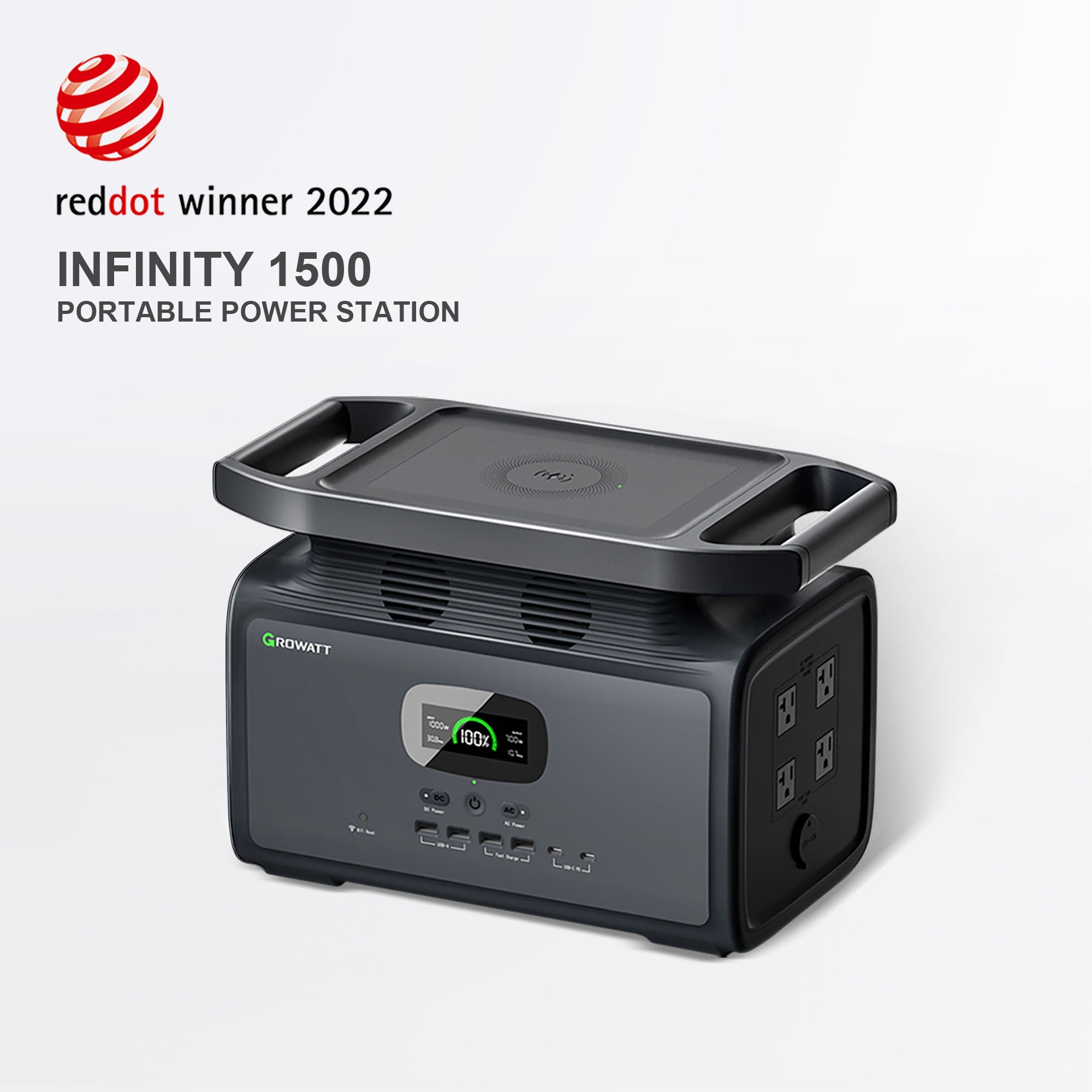Maximizing Energy Efficiency with Solar Battery Backup Systems
الجسم
Are you tired of experiencing power outages and relying on the grid for electricity? If so, a solar battery backup system might be just what you need! Not only can it provide you with reliable energy during those times when the power goes out, but it can also help maximize your home's energy efficiency. In this blog post, we'll explore how to choose the right solar battery backup system for your needs and walk you through the installation process. Get ready to take control of your energy usage and save money in the long run!

How to Choose the Right Solar Battery Backup System for You
When it comes to choosing the right solar battery backup system, there are a few key factors you need to consider. First and foremost is your energy usage. You'll want to choose a system that can handle your household's energy demands, including any major appliances or electronics you use on a regular basis.
Another important factor to consider is the size of your home and how much space you have available for installation. If you have limited space, then a smaller system may be more suitable for your needs.
You should also take into account the climate in which you live. If you frequently experience inclement weather or extended periods without sunlight, then you'll want to choose a battery backup system with sufficient storage capacity.
Consider whether or not you want an integrated system that includes both solar panels and batteries, or if you prefer separate components that can be installed independently.
Selecting the right solar battery backup system requires careful consideration of multiple factors such as energy usage requirements, available installation space and appropriate sizing based on location and environment conditions.
How to Install a Solar Battery Backup System
Installing a solar battery backup system may seem like a daunting task, but with the right guidance, it can be done easily. The first step is to determine where you want to install the system and ensure that there is enough space for all the components.
Next, you need to choose your solar panels carefully. It's important to select panels that are compatible with your battery backup system and capable of generating sufficient power for your needs.
After selecting your solar panels, you'll need to connect them to an inverter which converts the DC (direct current) electricity generated by the panels into AC (alternating current) electricity suitable for use in homes or businesses.
Then comes installing batteries that will store excess energy generated during daylight hours so you can use it at night when sunlight isn't available. You should also consider monitoring systems such as smart meters or apps which allow remote tracking of energy usage and provide insight into how much power is being consumed versus produced by your system.
Make sure everything is connected correctly and safely before turning on your new solar battery backup system!
Conclusion
To wrap up, solar battery backup systems are an excellent investment for anyone looking to maximize their energy efficiency and reduce their carbon footprint. With the right system and installation, you can enjoy reliable power during outages, save money on your electricity bills, and do your part in protecting the environment.
Remember to consider factors such as capacity, voltage compatibility, and warranty when choosing a solar battery backup system. And if you're not confident in installing it yourself, don't hesitate to seek professional help.
Incorporating a solar battery backup system into your home or business is a smart move towards a sustainable future. So why wait? Start exploring your options today!











تعليقات